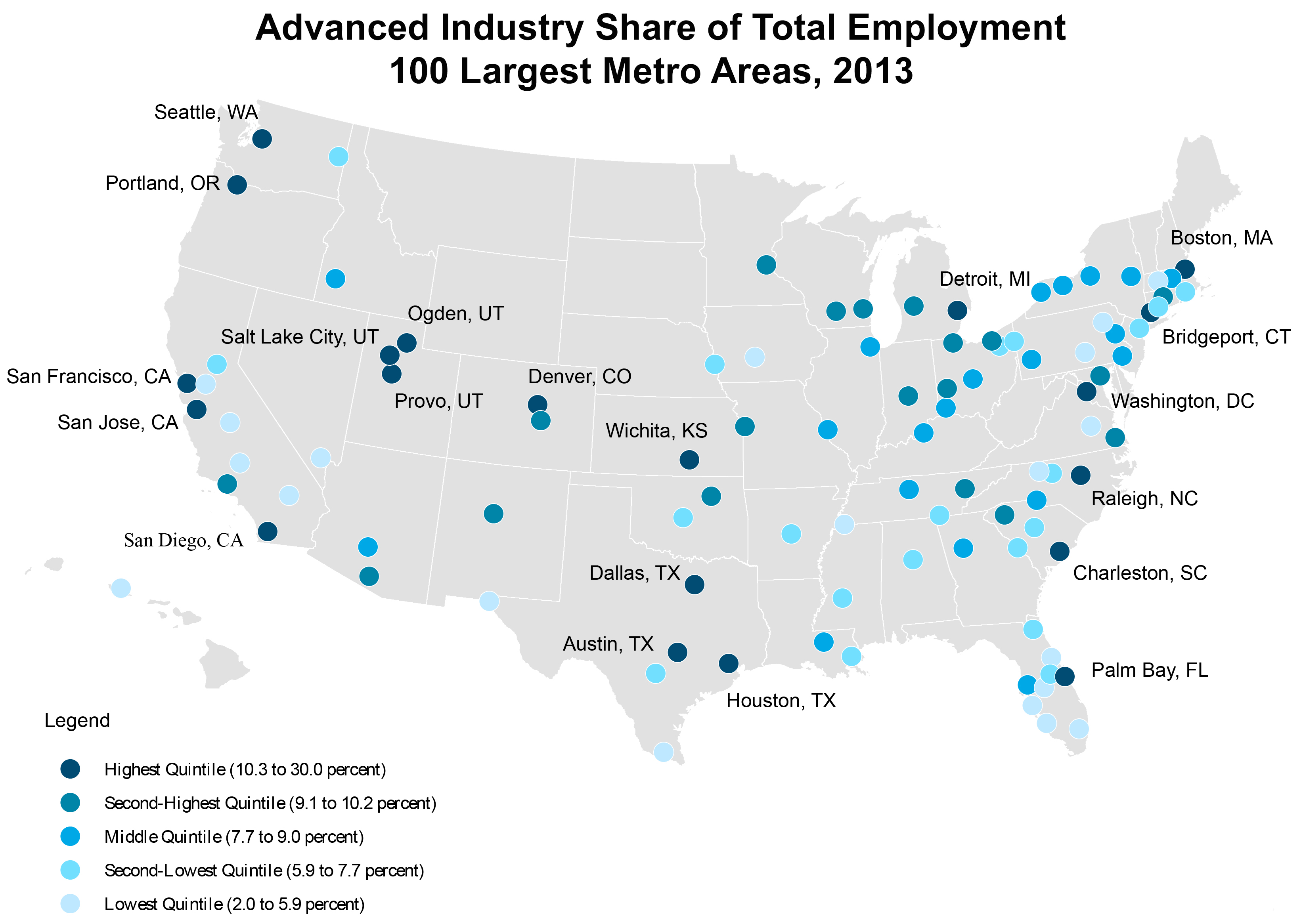Why Making An All-American Product Is So Difficult

Table of Contents
The High Cost of Domestic Production
One of the most significant hurdles in creating an All-American product is the substantially higher cost of domestic production compared to manufacturing in other countries. This cost difference stems primarily from two key areas: labor and raw materials.
Labor Costs
American labor costs are considerably higher than in many other countries. This is due to several factors, including:
- Higher minimum wages: The US minimum wage is significantly higher than in many manufacturing hubs globally.
- Comprehensive benefits packages: American workers often receive more extensive benefits packages, including health insurance, retirement plans, and paid time off, adding to labor costs.
- Stringent worker protections: Robust labor laws and regulations in the US ensure fair wages and safe working conditions, contributing to higher overall labor expenses.
These factors combine to make domestic manufacturing costs significantly higher than in countries like China or Vietnam, where labor is considerably cheaper. This disparity makes it challenging for All-American products to compete on price with their internationally manufactured counterparts. Achieving competitive pricing with high domestic labor expenses requires innovative strategies and potentially higher product pricing.
Raw Material Sourcing
Sourcing all raw materials domestically presents another major challenge. Many essential materials for manufacturing simply aren't readily available in the US, or are significantly more expensive to source domestically.
- Rare earth minerals: Many high-tech products rely on rare earth minerals, the majority of which are sourced from China. Finding domestic alternatives or establishing a competitive domestic supply chain for these materials is a huge undertaking.
- Reliance on imports: Even for common materials, US manufacturers often rely heavily on imports due to cost or availability issues. Completely eliminating this reliance is a substantial challenge for creating a truly All-American product.
The difficulty in sourcing domestic raw materials contributes to supply chain challenges and increases the overall cost of production for an All-American product.
Complex Supply Chains and Logistics
Even if the raw materials and labor are sourced domestically, the sheer scale of the US and the complexities of its transportation infrastructure pose significant logistical hurdles.
Transportation and Distribution
Transporting goods across the vast distances within the US is costly and time-consuming.
- High fuel costs: The cost of fuel significantly impacts transportation expenses.
- Infrastructure limitations: Congestion, inadequate road networks, and port capacity constraints can lead to delays and increased costs.
- Comparison to global supply chains: The compact manufacturing and distribution networks found in many other countries offer significantly shorter and more efficient supply chains, undercutting the efficiency of All-American production.
These transportation and distribution challenges significantly impact the profitability of domestic manufacturing and contribute to the higher cost of All-American products.
Infrastructure Limitations
The US needs robust infrastructure to support widespread domestic manufacturing. This includes:
- Efficient road and rail networks: Reliable transportation infrastructure is essential for efficient movement of goods.
- Modern ports and harbors: Efficient ports are critical for importing and exporting goods, as well as supporting coastal manufacturing.
- Reliable energy grid: A stable and reliable energy supply is necessary for manufacturing processes.
Many regions lack adequate infrastructure, making domestic manufacturing impractical or prohibitively expensive. Significant investment in infrastructure is required to facilitate the widespread production of All-American products.
Regulatory Hurdles and Compliance
Navigating the US regulatory landscape adds another layer of complexity and cost to producing an All-American product.
Environmental Regulations
Stringent US environmental regulations, while crucial for protecting the environment, add to production costs.
- Environmental compliance costs: Meeting environmental standards requires significant investment in pollution control equipment and processes.
- Permitting and reporting requirements: Obtaining necessary permits and complying with detailed reporting requirements add time and expense.
These regulations, while necessary and beneficial, contribute to the higher cost of All-American products compared to those produced in countries with less stringent environmental standards.
Trade Restrictions and Tariffs
US trade policies, including tariffs and trade restrictions, can also impact the availability and cost of imported components, even when aiming for an All-American product.
- Impact of tariffs: Tariffs on imported materials can significantly increase input costs.
- Trade-offs between protectionism and affordability: The decision to impose tariffs often involves a trade-off between protecting domestic industries and ensuring affordability for consumers.
Understanding the complexities of trade policies is crucial when aiming to create a truly All-American product.
Conclusion
Creating a truly All-American product presents significant challenges. High labor and material costs, complex supply chains, and regulatory hurdles all contribute to the difficulty. While achieving a completely domestically produced product is often a considerable undertaking, supporting companies dedicated to domestic manufacturing is crucial for boosting the US economy and promoting sustainable practices. Let's appreciate the effort and complexity behind truly All-American products and actively seek them out when possible. Support American-made goods and help build a stronger domestic economy.

Featured Posts
-
 Cardinal Claims New Evidence Exposes Prosecutorial Misconduct In Trial Of The Century
Apr 29, 2025
Cardinal Claims New Evidence Exposes Prosecutorial Misconduct In Trial Of The Century
Apr 29, 2025 -
 February 12 2025 Nyt Spelling Bee Complete Guide To Solutions
Apr 29, 2025
February 12 2025 Nyt Spelling Bee Complete Guide To Solutions
Apr 29, 2025 -
 Macario Martinez An Inspiring Tale Of A Street Sweepers Transformation
Apr 29, 2025
Macario Martinez An Inspiring Tale Of A Street Sweepers Transformation
Apr 29, 2025 -
 Jeff Goldblums New Album A Surprise For Fans
Apr 29, 2025
Jeff Goldblums New Album A Surprise For Fans
Apr 29, 2025 -
 New Business Hotspots Where To Invest And Grow In Country Name
Apr 29, 2025
New Business Hotspots Where To Invest And Grow In Country Name
Apr 29, 2025
